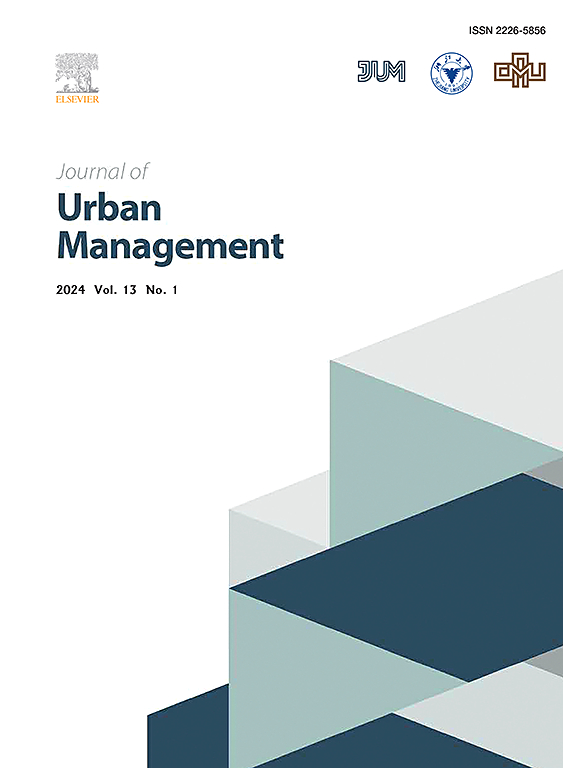Mapping the endogenous drivers of mega-urbanisation in contemporary urban development
IF 5
2区 社会学
Q1 URBAN STUDIES
引用次数: 0
Abstract
The urbanisation process of recent decades has resulted in new urban structures that can be circumscribed by two standard concepts, namely the megacity and the metropolitan region. One common feature of these new structures is that cities/urban areas are becoming much larger in population as well as spatial size and continue to grow unabated – a trend of “mega-urbanisation”. The planning and administrative systems set up under the traditional urban-rural dichotomy no longer reflect the reality of settlement growth and therefore lead to a blurring of city boundaries and challenges in the management of urban areas. Here we make use of geospatial modeling and open-source data for a high-level spatial-linking approach across multiple scales and a long-term perspective in three distinct socio-economic settings, specifically Germany, Japan and China's Yangtze River Delta region and therefore visualize urban development trends over 45 years. Our mapping indicates that the emergence of megacities and metropolitan regions is primarily driven by endogenous industrial change, particularly between the secondary and tertiary sectors of the economy. Our findings shed new light on research in regional development and planning and demonstrate the need to go beyond the prevailing discussion that focuses on advanced producer services in the context of an ever-advancing globalisation process.
当代城市发展中特大城市化的内生驱动因素
近几十年的城市化进程产生了新的城市结构,可以用两个标准概念来界定,即特大城市和大都市区。这些新结构的一个共同特征是,城市/城区在人口和空间规模上都变得越来越大,并且持续增长,这是一种“超大城市化”的趋势。在传统的城乡二分法下建立的规划和管理制度已不能反映聚落增长的现实,从而导致城市边界的模糊,给城市管理带来挑战。本文利用地理空间建模和开源数据,在三个不同的社会经济背景下(特别是德国、日本和中国的长三角地区)建立了跨多个尺度和长期视角的高水平空间联系方法,从而可视化了45年来的城市发展趋势。我们的地图显示,特大城市和大都市区的出现主要是由内生的产业变化驱动的,特别是在第二和第三经济部门之间。我们的研究结果为区域发展和规划的研究提供了新的思路,并证明了在不断推进的全球化进程背景下,有必要超越关注先进生产性服务的主流讨论。
本文章由计算机程序翻译,如有差异,请以英文原文为准。
求助全文
约1分钟内获得全文
求助全文
来源期刊

Journal of Urban Management
URBAN STUDIES-
CiteScore
9.50
自引率
4.90%
发文量
45
审稿时长
65 days
期刊介绍:
Journal of Urban Management (JUM) is the Official Journal of Zhejiang University and the Chinese Association of Urban Management, an international, peer-reviewed open access journal covering planning, administering, regulating, and governing urban complexity.
JUM has its two-fold aims set to integrate the studies across fields in urban planning and management, as well as to provide a more holistic perspective on problem solving.
1) Explore innovative management skills for taming thorny problems that arise with global urbanization
2) Provide a platform to deal with urban affairs whose solutions must be looked at from an interdisciplinary perspective.
 求助内容:
求助内容: 应助结果提醒方式:
应助结果提醒方式:


